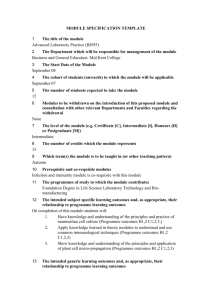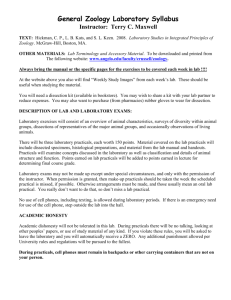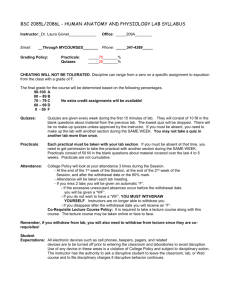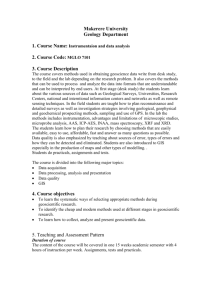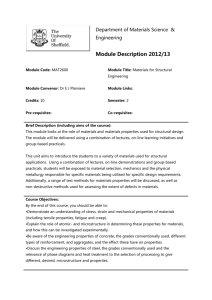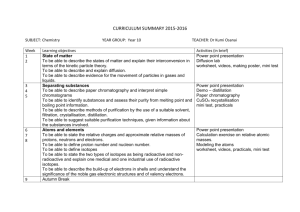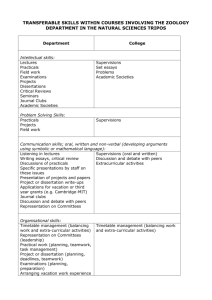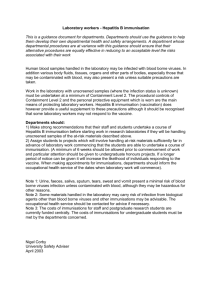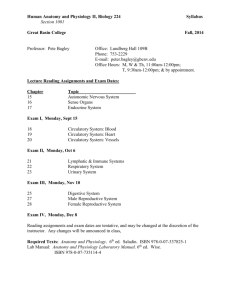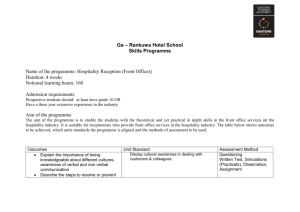Taking specimens of human blood
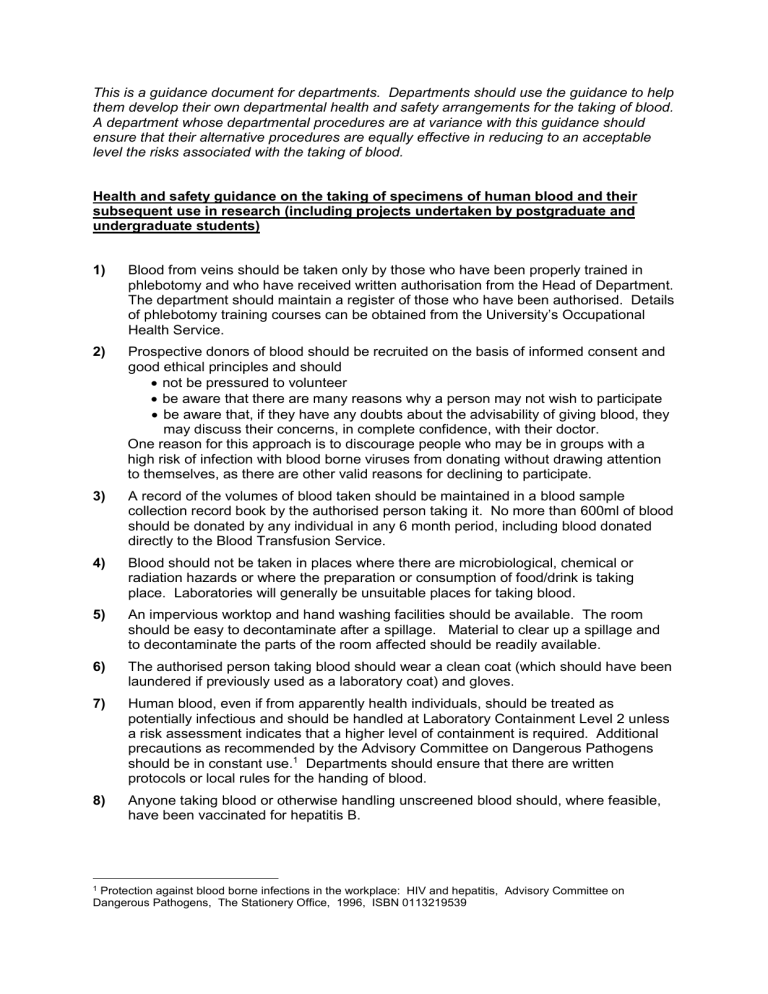
This is a guidance document for departments. Departments should use the guidance to help them develop their own departmental health and safety arrangements for the taking of blood.
A department whose departmental procedures are at variance with this guidance should ensure that their alternative procedures are equally effective in reducing to an acceptable level the risks associated with the taking of blood.
Health and safety guidance on the taking of specimens of human blood and their subsequent use in research (including projects undertaken by postgraduate and undergraduate students)
1) Blood from veins should be taken only by those who have been properly trained in phlebotomy and who have received written authorisation from the Head of Department.
The department should maintain a register of those who have been authorised. Details of phlebotomy training courses can be obtained from the University’s Occupational
Health Service.
2) Prospective donors of blood should be recruited on the basis of informed consent and good ethical principles and should
not be pressured to volunteer
be aware that there are many reasons why a person may not wish to participate
be aware that, if they have any doubts about the advisability of giving blood, they may discuss their concerns, in complete confidence, with their doctor.
One reason for this approach is to discourage people who may be in groups with a high risk of infection with blood borne viruses from donating without drawing attention to themselves, as there are other valid reasons for declining to participate.
3) A record of the volumes of blood taken should be maintained in a blood sample collection record book by the authorised person taking it. No more than 600ml of blood should be donated by any individual in any 6 month period, including blood donated directly to the Blood Transfusion Service.
4) Blood should not be taken in places where there are microbiological, chemical or radiation hazards or where the preparation or consumption of food/drink is taking place. Laboratories will generally be unsuitable places for taking blood.
5) An impervious worktop and hand washing facilities should be available. The room should be easy to decontaminate after a spillage. Material to clear up a spillage and to decontaminate the parts of the room affected should be readily available.
6) The authorised person taking blood should wear a clean coat (which should have been laundered if previously used as a laboratory coat) and gloves.
7) Human blood, even if from apparently health individuals, should be treated as potentially infectious and should be handled at Laboratory Containment Level 2 unless a risk assessment indicates that a higher level of containment is required. Additional precautions as recommended by the Advisory Committee on Dangerous Pathogens should be in constant use.
1 Departments should ensure that there are written protocols or local rules for the handing of blood.
8) Anyone taking blood or otherwise handling unscreened blood should, where feasible, have been vaccinated for hepatitis B.
1 Protection against blood borne infections in the workplace: HIV and hepatitis, Advisory Committee on
Dangerous Pathogens, The Stationery Office, 1996, ISBN 0113219539
Health and safety guidance on the use of human blood in student class practicals
(Class practicals are experiments carried out by students where the expected outcome is already known)
1) Blood and blood products used in student class practicals should be taken from the safest source available:
Use animal blood wherever possible in preference to human blood and use animal blood from animals which are known to be free of disease
If the use of human blood is unavoidable, use blood which has been screened for blood borne viruses in preference to unscreened blood
Where possible, treat blood in ways known to inactivate blood viruses.
2) Negative screening results do not mean that the blood is completely safe. That screening is not 100% reliable should be stated in the written instructions for any practicals using screened blood and in the safety briefing given before the practicals begin.
3) Students may use specimens of their own blood (e.g. taken by finger prick) in practical classes. Students (other than medical students undergoing training in the taking of blood) should not handle specimens of blood from other students unless the blood has been treated so as to inactivate blood borne viruses.
Nigel Corby
University Safety Adviser
July 2000

